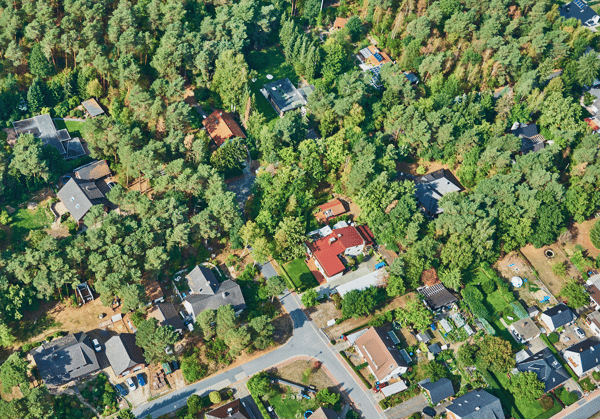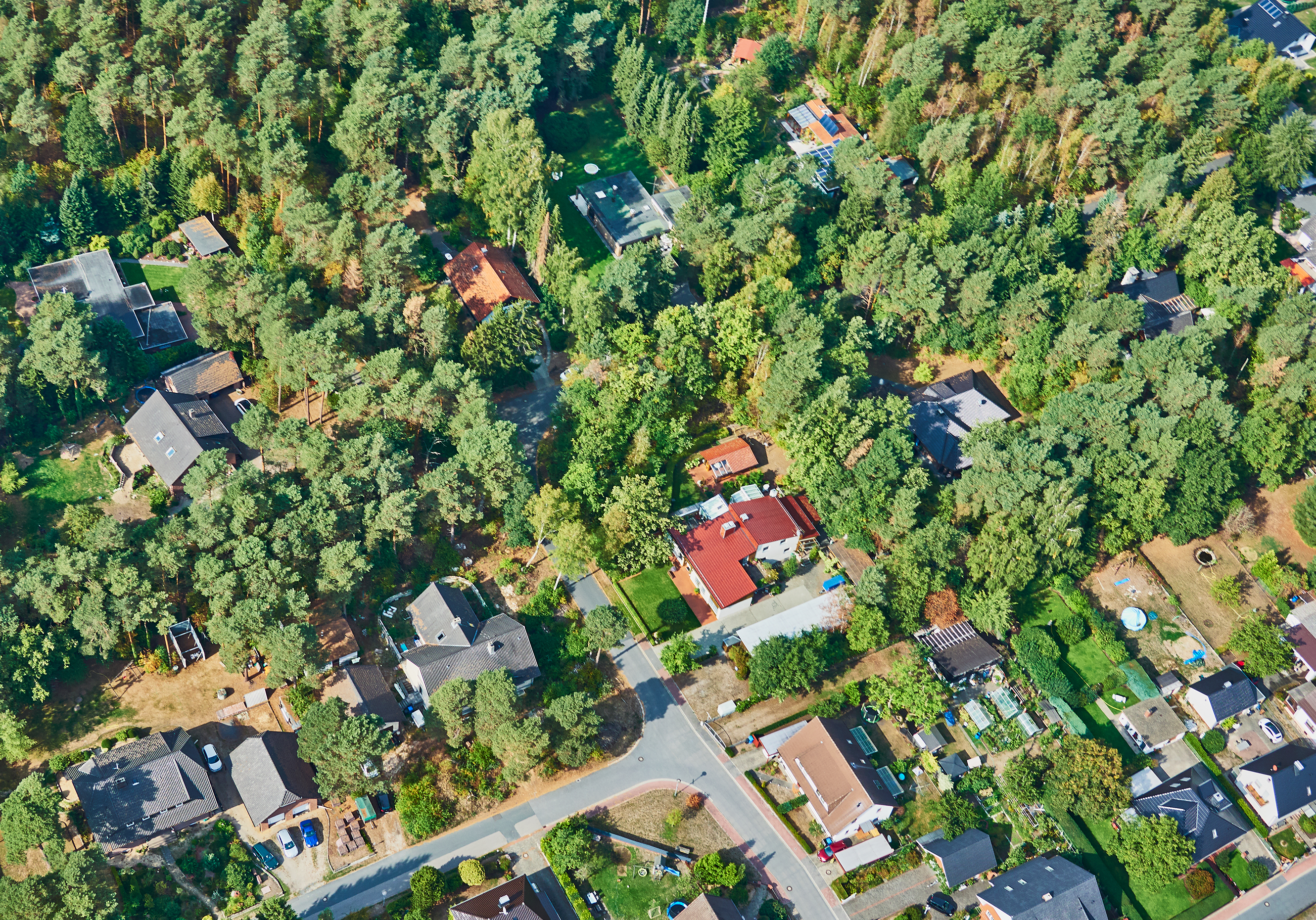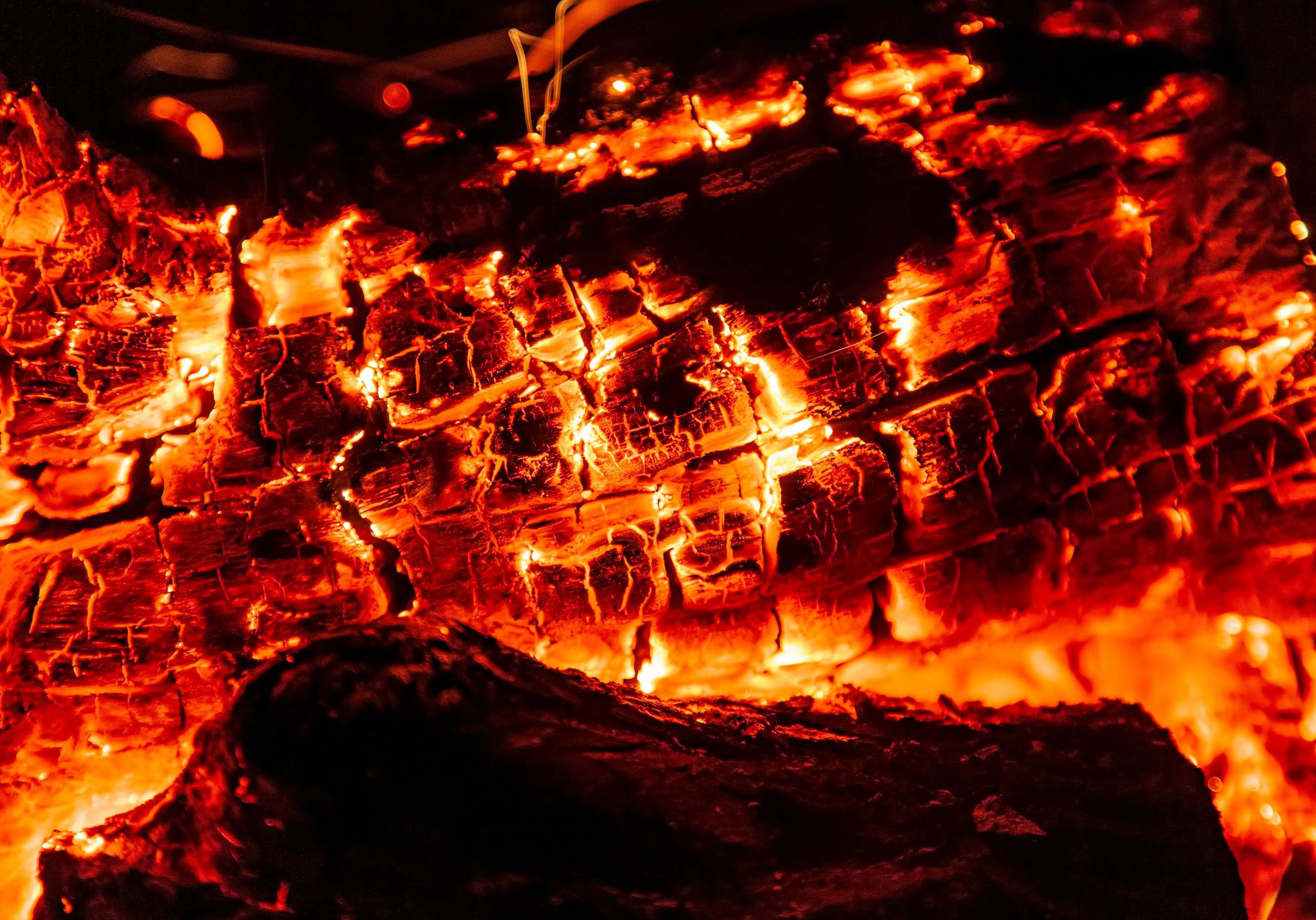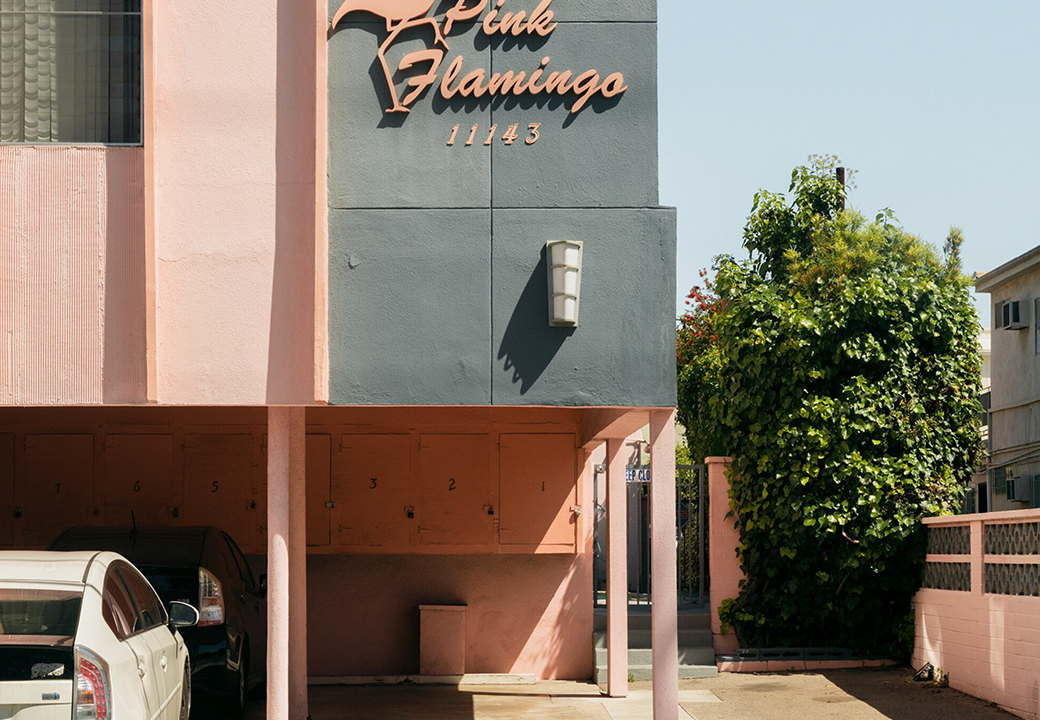Three trends are combining to put some Washington state communities at an increased risk of wildfire damage.
First, wildfires are becoming more common. Between 2000 and 2011, 117,000 wildland acres burned on average each year in the state. Between 2012 and 2017, that number nearly quadrupled to 460,500.1 In 2018, 1,743 wildfires burned 438,834 acres in Washington state.2
Second, more people are living in areas near wildlands, also called the wildland-urban interface (WUI). Nearly a million homes in Washington are located in the WUI.3
 Homes in the wildland-urban Interface (WUI) in Washington state are at an
Homes in the wildland-urban Interface (WUI) in Washington state are at an
elevated risk of property damage from a wildfire
Related:
How the Growing Wildland-Urban Interface Increases Property Risk
There’s no way to predict how many acres will burn in this year’s wildfire season or which communities specifically will be affected, but the state Department of Natural Resources (DNR) has identified 25 places most likely to be exposed to wildland fire. Leavenworth tops the list, which also includes Wenatchee, Cashmere, Chelan, Twisp, Winthrop, and other areas near forests. Here’s the complete list, which the DNR ranked based on the high likelihood of a wildland fire occurring combined with a high population:4
| 1. Leavenworth | 14. Okanogan |
| 2. Ellensburg | 15. Colville |
| 3. Selah | 16. Cle Elum |
| 4. Spokane | 17. Winthrop |
| 5. Wenatchee | 18. Sunnyslope |
| 6. Chelan | 19. Brewster |
| 7. Goldendale | 20. Kittitas |
| 8. Tonasket | 21. Entiat |
| 9. Cashmere | 22. Ahtanum |
| 10. Omak | 23. Summitview |
| 11. Twisp | 24. Malott |
| 12. Deer Park | 25. Manson |
| 13. Clarkston Heights-Vineland |
Related:
Help Your Customers Prepare for Wildfire Season with Our Risk Tool
Many Washington properties are at high risk of wildfire damage
Wildfire risk isn’t limited to just the areas on the DNR’s list. Across the state, more than 160,000 properties are at high or extreme risk of being affected by wildfire. That number puts Washington sixth on the list of all states.5
Top 10 States at High to Extreme Wildfire Risk, 20196
| Rank | State | Properties at Risk (estimated) |
| 1 | California | 2,019,800 |
| 2 | Texas | 717,800 |
| 3 | Colorado | 371,100 |
| 4 | Arizona | 237,900 |
| 5 | Idaho | 175,000 |
| 6 | Washington | 160,500 |
| 7 | Oklahoma | 153,400 |
| 8 | Oregon | 151,400 |
| 9 | Montana | 137,800 |
| 10 | Utah | 136,000 |
A third trend is the wildland now has more fuel. For decades, the standard response to wildfire was to suppress it as quickly as possible, a practice that had the unintended consequence of fuel accumulation. When forests now dense with fuel catch on fire, they burn hotter and more severely than thinner forests did in the past.
What’s causing wildland fires in the WUI and elsewhere? Primarily people. The DNR estimates 70% of wildland fires started in Washington between 1992 and 2015 were caused by humans. Unattended campfires, improperly disposed of cigarettes, debris burns and arson are the most common reasons wildfires start. Lightning is responsible for starting the remaining fires.7
Related:
Fire Safety Tips for Consumers
The consequences of the growing WUI
As the WUI grows — and wildfire risk grows along with it — insurance professionals are likely to need more and better information about it. WSRB is here to help you understand the properties you insure or are considering insuring and how fire risk affects them. So, we'll be publishing more content on the topic of wildfire over the next several weeks.
We are also building a tool giving you valuable information on every property in Washington state and its wildfire risk. When the tool is ready, we’ll announce its availability here on our blog. Stay tuned.
In the meantime, you can help customers in the WUI protect their properties by providing them with resources to reduce property damage risk. Here are a few:
- The National Fire Protection Association (NFPA) runs the Firewise USA program to help communities work together to protect their homes against wildfire damage. The NFPA offers free training and information on its Firewise website.
- The office of Washington state governor maintains a website with state and federal resources for people affected by wildfire.
- Recent Washington state legislation, HB 2322, allows insurers to provide non-commercial customers with goods and services that reduce risk. Download our white paper to learn more about how the legislation works and how it can benefit your customers and your company.

[1] Washington State Department of Natural Resources, https://www.dnr.wa.gov/publications/rp_wildfire_strategic_plan.pdf?lmvb8d
[2] Insurance Information Institute, https://www.iii.org/fact-statistic/facts-statistics-wildfires
[3] Washington State Department of Natural Resources, https://www.dnr.wa.gov/publications/rp_wildfire_strategic_plan.pdf?lmvb8d
[4] Washington State Department of Natural Resources, https://www.dnr.wa.gov/publications/rp_wildfire_strategic_plan.pdf?lmvb8d
[5] Insurance Information Institute, https://www.iii.org/fact-statistic/facts-statistics-wildfires
[6] Insurance Information Institute, https://www.iii.org/fact-statistic/facts-statistics-wildfires
[7] Washington State Department of Natural Resources, https://www.dnr.wa.gov/publications/rp_wildfire_strategic_plan.pdf?lmvb8d











